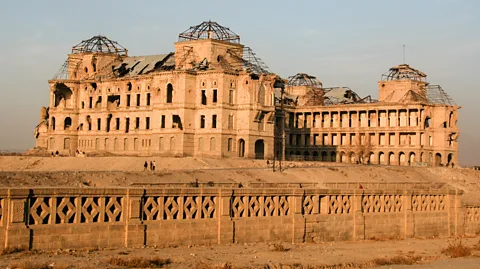A Stunning Reversal of Stance
In a move that’s shocked archaeologists and diplomats alike, Afghanistan’s Taliban leadership has vowed to protect the nation’s millennia-old heritage sites—including pre-Islamic relics they once sought to destroy. This includes the 2,000-year-old Buddhas of Mes Aynak (currently undergoing excavation) and the Greco-Bactrian ruins of Ai-Khanoum.
What’s Behind the Sudden Shift?
International Legitimacy: Seeking UNESCO recognition and tourism revenue.
Chinese Pressure: Protecting Mes Aynak’s Buddhist relics is key to a $3B copper mining deal.
Internal Debate: Younger Taliban factions pushing “Afghan-first” cultural policy.
Sites Given “Protected” Status
Bamiyan Valley (Where giant Buddhas were dynamited in 2001).
Herat’s Minarets (12th-century Islamic architecture).
Hadda’s Stupas (2,000-year-old Buddhist pilgrimage site).
Why Experts Are Skeptical
2021 Destruction: The Taliban still demolished statues in Kabul Museum.
Shadow Tourism: Only “approved” foreign archaeologists allowed access.
Ideological Contradiction: Hardliners call pre-Islamic relics “idolatrous”.
Global Reactions
• UNESCO: Cautiously offering technical assistance.
• China: Funding Mes Aynak’s “rescue archaeology” before mining begins.
• Local Activists: “This is performative—they’ll sell artifacts to survive”.
On the Ground Reality
▸ Taliban now employ former antiquities smugglers as “site guards”.
▸ Luxury hotels planned near Bamiyan for Chinese tour groups.
▸ US-trained archaeologists working secretly with local teams.









